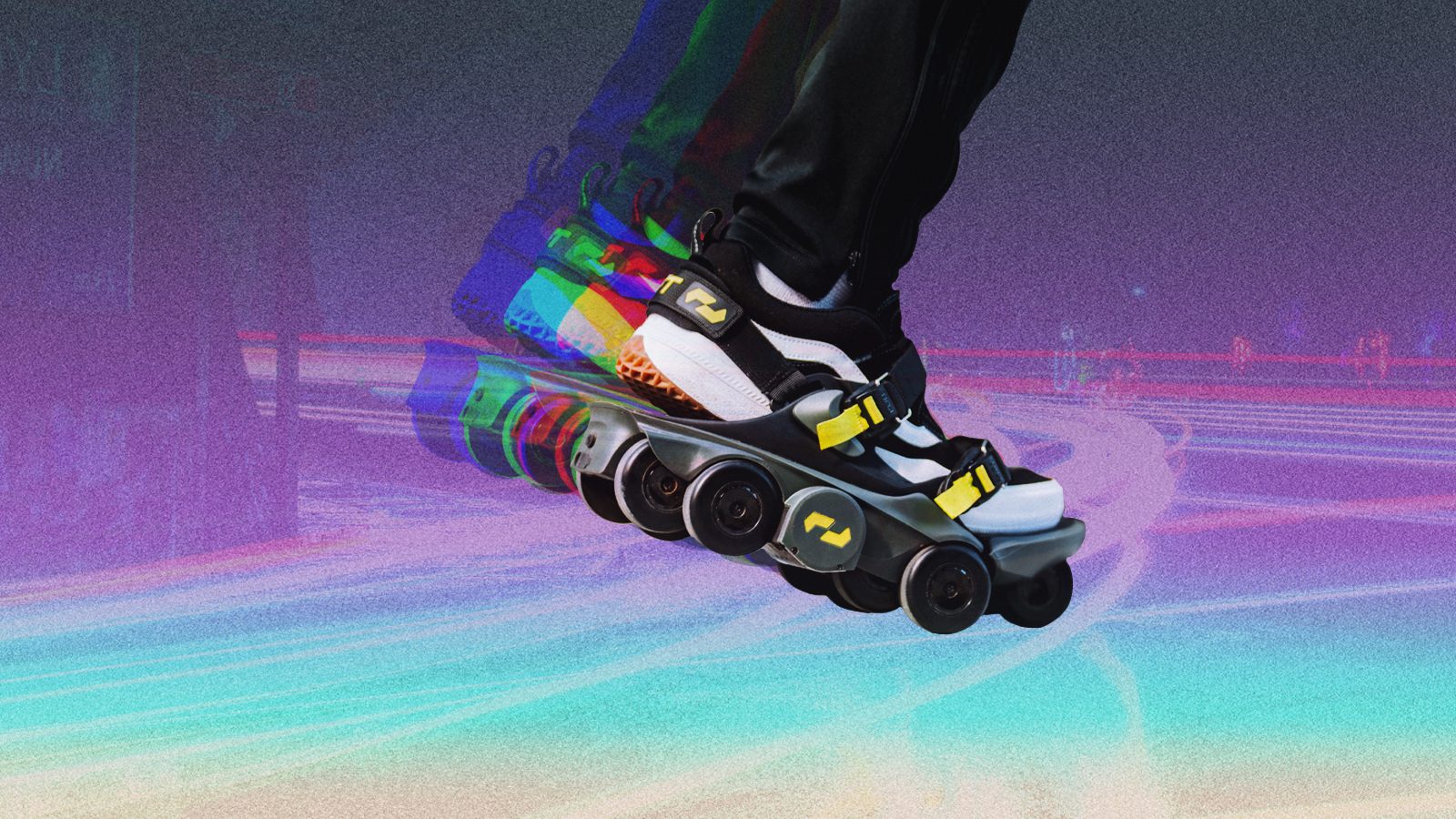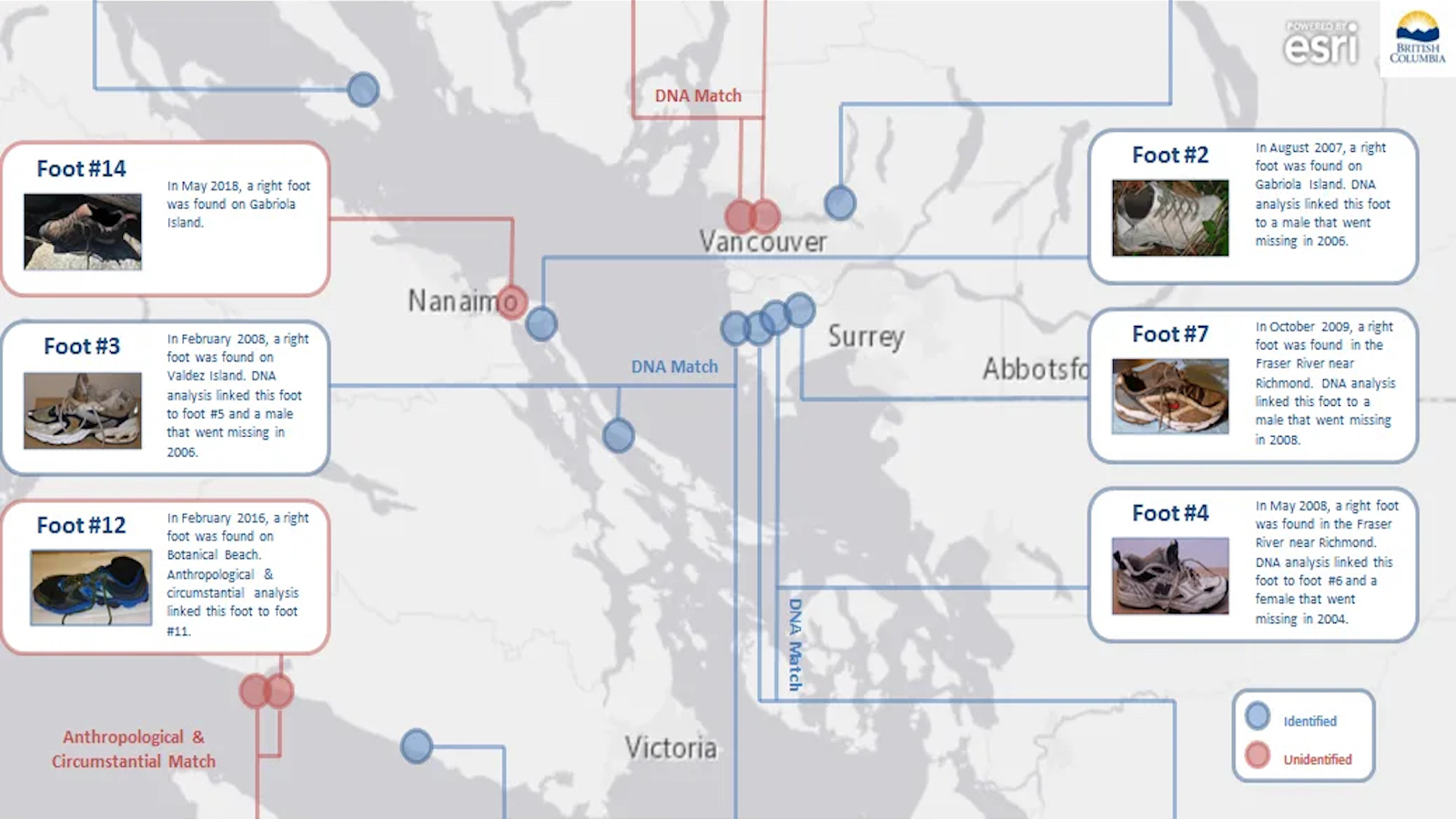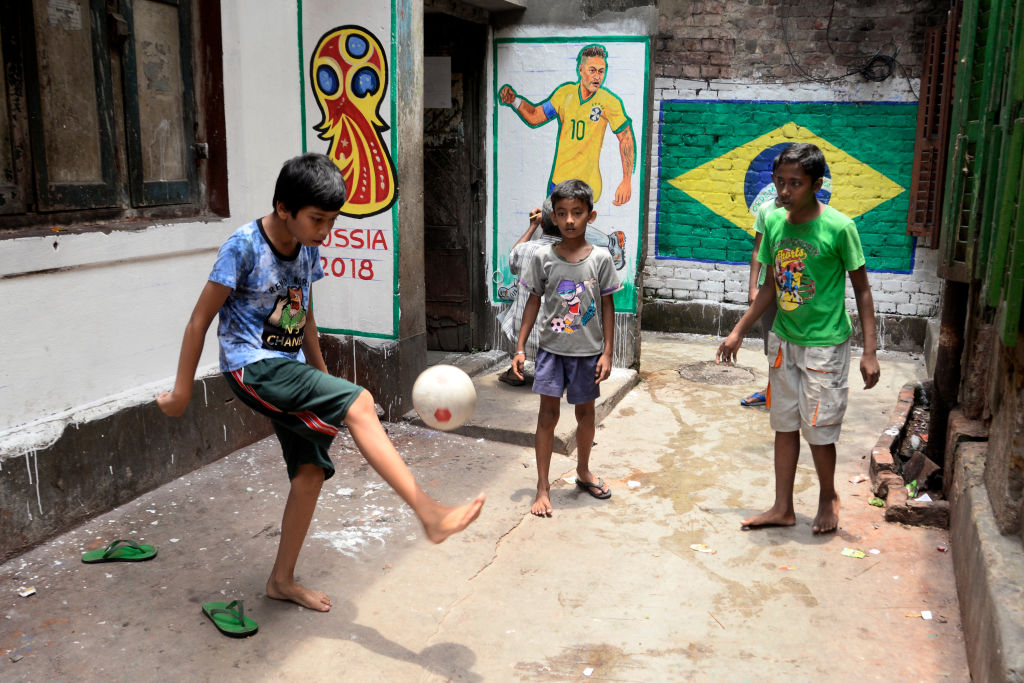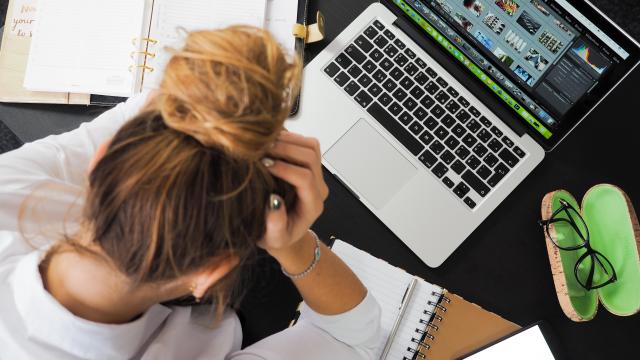Cushioned shoes aren’t good for your feet

Photo: Spencer Platt/Getty Images
- A new study from Helsinki found that the more you cushion your feet, the more likely you’ll get injured.
- This follows previous studies showing that cushioned shoes leave you more susceptible to pain and injury.
- A few million years of evolutionary design has been usurped by shoe marketing campaigns.
A lot happened to our feet in the transition from being quadrupeds to exclusively bipedal. While the upright organization of our limbs and organs resulted in many benefits in our communication skills and ability to breathe, for example, it greatly decreased the strength and flexibility of our feet, which once needed bendable toes that could grasp tree branches and a healthy dose of keratin, the protein that forms calluses, which protected us from sharp objects on the ground.
For most of the millions of years we’ve been evolving we didn’t wear shoes; during the 45,000 years we’ve been wearing some form of footwear they’ve been minimal. More aesthetically complex (and biomechanically questionable) fashion-forward shoes and sandals are a few thousand years old, though finding a society that championed elaborate footwear took time. The decision to confine our feet in tighter spaces higher up off the ground was one of status, not anatomy—only”savages” didn’t properly protect and adorn their feet.
It’s been a decade since the (slightly) controversial Born to Run was published, and so it’s been a decade that the minimalist versus cushioned shoe debate has been raging. (The argument for both has existed far longer, but that book brought it to the forefront of the growing running community’s consciousness.) When Vibram was sued for making false health claims, cushioned shoes advocates rejoiced, even if the lawsuit focused on to inflated claims, not the utility of going “barefoot.”
Besides, citizens of economically-advanced societies are not going to go full barefoot. While our feet would likely grow calluses as they (painfully) became accustomed to hard surfaces, what really matters to runners is impact peak. When walking, this force is equal to your body’s weight, but when running that forces triples in weight. Despite constant debate about best running form, some people naturally heel strike, which is easier on your calf muscles and Achilles tendon and allows you to lengthen your stride more easily. When walking, we mostly heel strike first.
But as Christopher McDougall wrote in Born to Run, running is more like jumping than walking. Right now if you jump while barefoot, you’re going to land on your forefeet. Cushioned shoes won’t allow you to forefoot strike naturally; they also cushion the impact peak so that you don’t feel the weight of each strike. While running shoe companies have marketed this as a bonus, Daniel Lieberman points out the downsides:
Runners who generate higher, more rapid impact peaks are significantly more likely to accumulate repetitive stress injuries in their feet, shins, knees, and lower back.
Research he conducted on the Harvard cross country team discovered that heel strikers were twice as likely to be injured than forefoot strikers. Minimalist footwear decreases the likelihood you’ll heel strike, thus decreasing the risk of injury.
Now a new study published in Scientific Reports backs this up—sort of. The Helsinki-based team points out that while seemingly advanced technologies in cushioned shoes keep appearing, rates of injuries do not. Their study notes what Lieberman discovered years ago: the more you pad your feet, the more intense the impact peak, thus the higher the injury rate:
We found that highly cushioned maximalist shoes alter spring-like running mechanics and amplify rather than attenuate impact loading… We attribute the greater impact loading with the maximalist shoes to stiffer leg during landing compared to that of running with the conventional shoes. These discoveries may explain why shoes with more cushioning do not protect against impact-related running injuries.
This small study of twelve men (average age: 27) compared conventional-cushioned shoes with maximally-cushioned shoes, so it’s impossible to use it in making an argument for minimalism. That said, if you consider that impact peak will be reduced with less cushioning, we can extrapolate to confirm what Lieberman (and others) have advocated: the more you swaddle your feet in what biomechanist Katy Bowman calls “foot coffins,” the more likely you’re going to injure yourself.
Feet are amazingly complex structures. We often forget that—until they hurt, which happens more often in modern societies. Each foot has 26 bones and 33 joints that connect over 100 muscles, ligaments, and tendons. Everything we do depends on the health of our feet, yet every day most people slide them into small, padded spaces with little room for movement, and we haven’t even touched the ankle joint yet. But Bowman does:
The ideal footwear is “none” for any human. A shoe will weaken the function of the musculature within the foot (intrinsic) by limiting the motion to the ankle.
Arch support atrophies the muscles up the chain dependent on strong arches; lack of ankle flexility has system-wide effects. Instead of strengthening those muscles, most responses to problems like plantar fasciitis—a condition I see often in my role as fitness instructor—are to continually baby the feet. Fascia needs lubrication to work effectively. Further padding the feet in an attempt to reduce inflammation is the exact opposite path to successful healing, but by the time you’ve acquired this particular ailment, the harder it’s going to be to move without pain, creating a tragic feedback loop that severely restricts movement.
What seems like progress is often regressive, especially when we choose aesthetics over form. Squatting, for example, is the means by which our bodies were designed to defecate. Toilets were a societal advancement that was (and still is in many countries) indicative of class, yet the ninety-degree angle of that seated arrangement does more harm than good to our ability to “go.”
So it is with cushioned shoes. Given the bacterial playground that is the ground, going completely barefoot is not in our best interests. But common sense is. Millions of years of evolving design do not surrender their anatomical wisdom without severe consequences.
—
Stay in touch with Derek on Twitter and Facebook.





